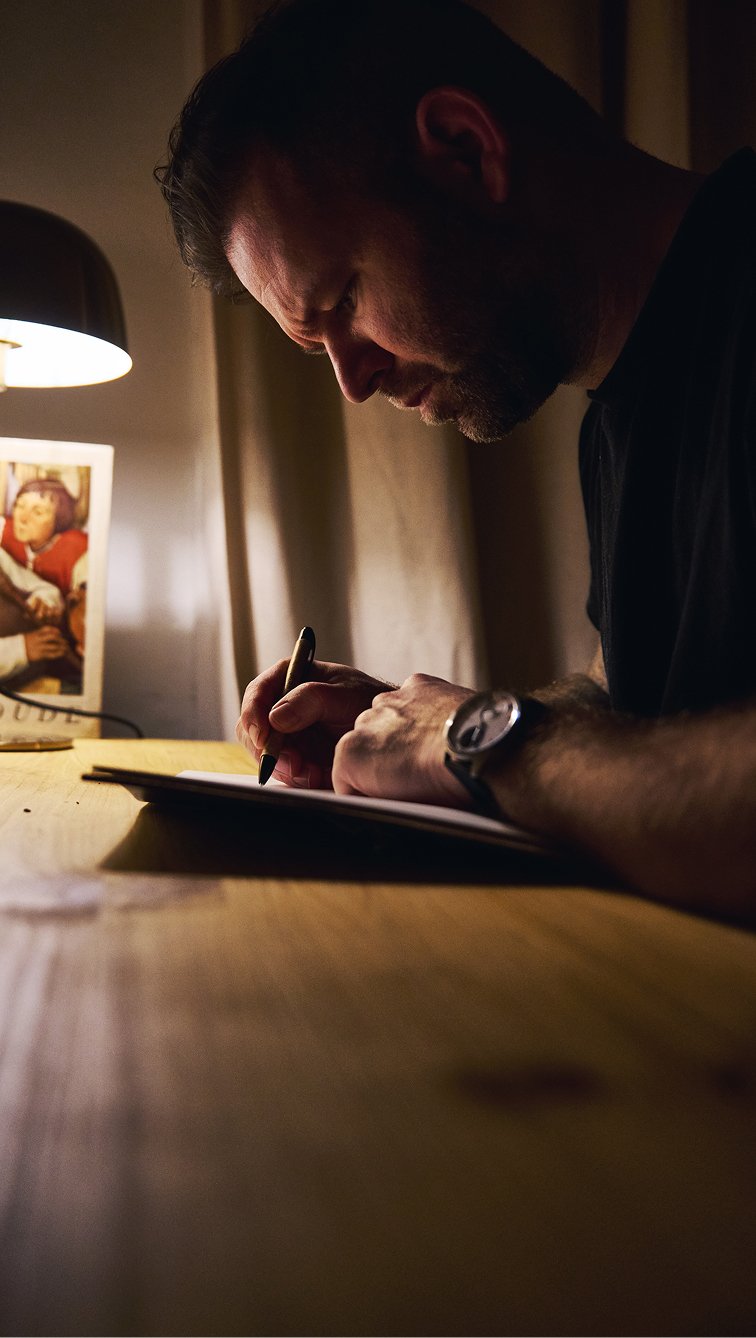

Before the first flap falls, I have to put together a few fundamental things. I learned to plan, prepare and, above all, ask important questions. What and why? I have no mover without answering these questions. When I say in the middle of the process that it is too much work and that it is not worth it, I can say why I do it. This is a driven.
Maybe we should say what the phases we will go through. Like this article, it has its curriculum, so filming the film has its phases. I've never done it on such a scale before, so there will be a lot of things new. I'm burning? Probably. Does it bother me? At all.
Only when I write this I realize some aspects. I will improvise, I'm good in that. The first question is. Should I tip all my plans, dreams and the whole story? For we come to an important question. If this is a backstage article, do I want to reveal spoilers? As a man with know how, I don't mind passing everything I know and I can. But this is a diametrically different thing and some things could spoil the experience of watching itself. Alternate emotion. Is it even possible? Goes. For I create some things more for their form than the purpose. I'm not ashamed of it. And that's why I'm careful and I will say specific details only where it will be possible.
Okay, back to the definition. I will make a short film about the hero. The protagonist. I want it to be a strong story with an overlap that will make everyone think. Full beautiful shots. I want it to be in winter. And I do it mainly because I want to try it. I tell stories, I document them. I want to create and move these stories. Not necessarily physically, but internally. The film is the medium that attracts me, moving me.

Before we throw ourselves on the storyboard, let's say at the speed of the next phase here we will walk together. Of course, the film plays me all in my head. I know what it will look like now. I will capture my thoughts in the storyboard. As it will be, the most painful phase comes. Reflection. I will show it to someone else, and I will hope that it will not tell me what nonsense it is. That wouldn't bother me so much. But I will look for constructive criticism, because the only one moves forward. Then the most complex phase begins. Find people who want to go with me. People who will be better in specific skills will not be so difficult. Camera, sound, light, dramaturgy, technique, and I would almost forget the actors. And actually, it will cost some money ... no, let's scratch this. But no, let's dream. When I have the whole production, we could shoot it. And since we have everything prepared, we will get a storyboard on the camera. Then I cut it and marketing starts. I can let it go to my mom and my dad, but I would like someone else to see it.
It should serve as a cartoon version of my film. If I put the pictures for myself and let some honey voice tell the story, it should work. Done, I don't need anyone else. Let's make it more complicated. Ideally, we should have no shots on the spot, because the storyboard passes through all the production phase and is such a Bible of my film. So I will make him properly. How long will it take me? Weeks and maybe months.
At some stage of AI I will probably use, but I have already had a few attempts with storyboard and it is not usable. No AI can exactly portray my idea in my head. I tried to describe the shots in detail, define the point of view, focal distances, used technique, but I spent much more time on it than if I drew it. But I can't draw! This is not much needed with Storyboard. I studied how it does Marcos Mateu-mestre (book Framed Ink) and it helped me to understand the light, angles, atmospheric perspective. For everything else I thank Stanislav Petera.
When I have pictures and labels, I will drive it to AI, so I have a consistent output.

Each shot has several specifics. There is a difference if you turn it on a 16mm or 200mm lens. The smaller the focus, the more you are as a spectator in the scene. Long outbreaks are used to create a sense of observer, but you feel much further, safe. The shots are then divided into what you capture in them. They are divided into four categories and several types. There are. Boredom? Skip it.

I love Terrence Malicka and his PCB, ie Directors of Photography, or people inventing those shots. When he worked on the New world movie, Emmanuel Lubezki said that every shot must have an emotional depth, ie somehow affect the viewer. Otherwise, they won't use the shot in the movie. I do not know what the extent it was, but I like such a rule. And I put it in my movie. Will it do? We'll see.
Do you have a project I can help you with? I help non-profits, agencies, farmers and people with product tell their stories. Let me help tell yours.
Contact me
I am a filmmaker, documentarist, and environmental ambassador. I tell stories—through film and photography—about those shaping a sustainable world. From mezcal distilleries in Mexico to Moravian vineyards, I capture narratives that matter. I also craft experiences in UI/UX design and create music. When I'm not behind the camera, I travel, drink good wine, and enjoy great whiskey.